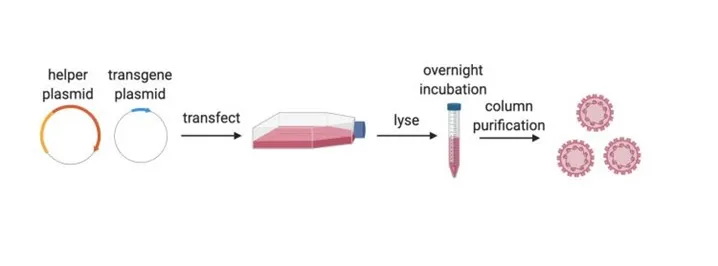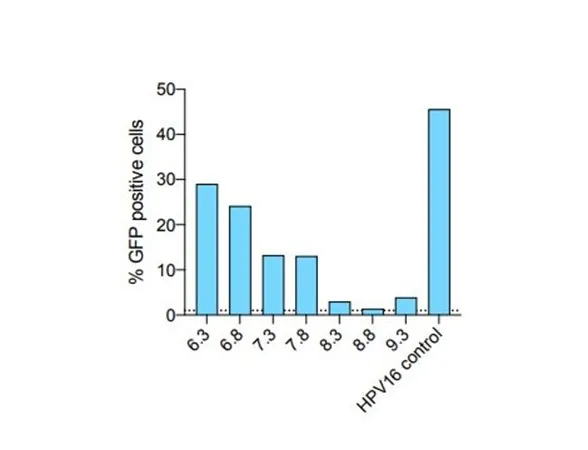Methods for Gene Delivery with Papillomaviruses
This technology is a novel biological vector for the delivery of gene editing material to nucleic acid targets. This technology has implications that include cellular engineering, therapeutics, and biological research.
Researchers
-
compositions, methods and systems for the delivery of gene editing material to cells
Patent Cooperation Treaty | Published application -
compositions, methods and systems for the delivery of gene editing material to cells
United States of America | Published application
Figures
Technology
This technology comprises a papillomaviral delivery vehicle. The papillomaviral delivery vehicle comprises an HPV-derived capsid encapsulating a gene editing material. This method also provides the ability to edit a polynucleotide target in a cell using the papillomaviral delivery vehicle. The method includes:
-
Transducing a cell containing the target to be edited with the papillomaviral delivery vehicle; then
-
Allowing the gene editing material to edit the polynucleotide target.
The papillomaviral delivery vehicle can improve packaging and delivery of genome editing complexes. For example, this technology allows larger inserts such as, but not limiting to, minicircle vectors, nucleases or nucleases coupled to deaminase, DNA binding nucleases (Cas DNA-binding nucleases), reverse transcriptases, integration enzymes, reporter genes, HDR templates, guide RNAs, ZFN, TALEN, meganucleases, to be packaged.
Problem Addressed
Emerging genome techniques now allow for more precise modification, therefore creating new possibilities for gene therapy. Currently, the main barrier of genome editing constructs from research settings to clinical trials is their safe and effective delivery to targeted tissues. An example of a delivery vehicle of choice for gene editing material is viral vectors. However, the complexity of their production, limited packaging capability, and limited immunogenicity restrict their application in gene therapy. The current technology employs a delivery vehicle using an HPV derived capsid that allows for increased payload size while reducing the complexity and cost of production.
Advantages
-
A wide array of gene editing material encapsulated in the HPV derived capsid vector can be used.
-
HPV delivery system can elude the host immune system, therefore increasing the range of tissues and cell types that can be targeted (i.e., astrocytes, hematopoietic stem cells, esenchymal progenitor cell, muscle cell, retinal cell).
-
Allows In vivo cellular engineering for constructs up to 8 kb.
-
HPV capsids can be modified to enhance transduction efficiency.
License this technology
Interested in this technology? Connect with our experienced licensing team to initiate the process.
Sign up for technology updates
Sign up now to receive the latest updates on cutting-edge technologies and innovations.


